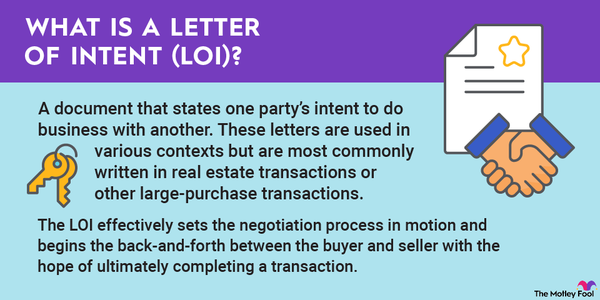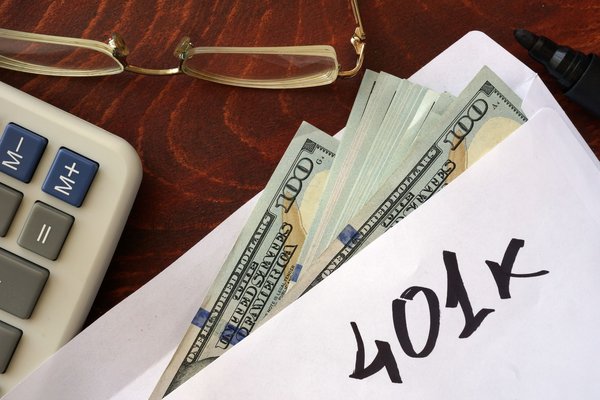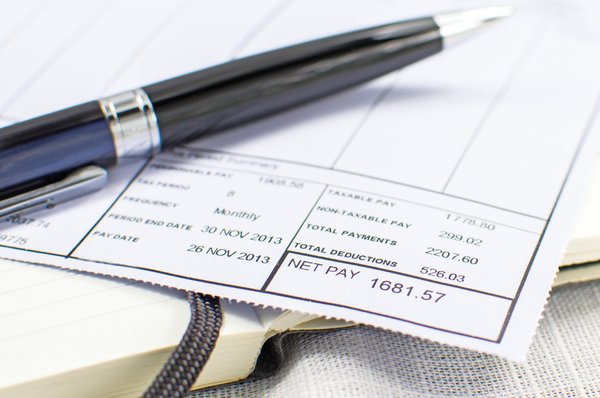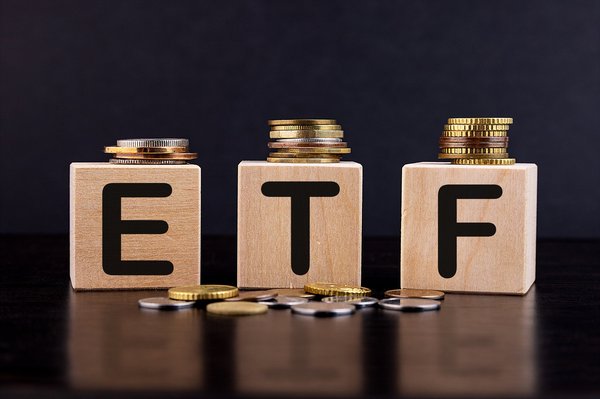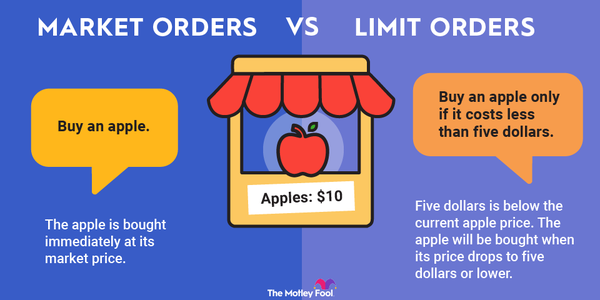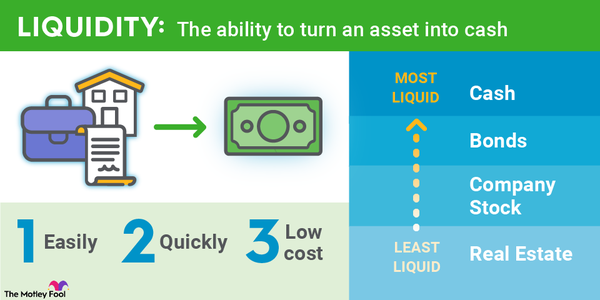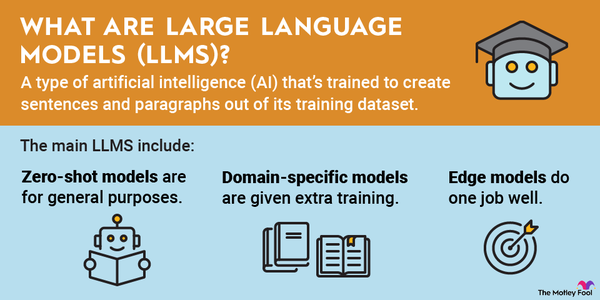A leveraged buyout (LBO) is the acquisition of a company using debt to fund a large part of the purchase, with the assets of the company being acquired serving as collateral. We’ll discuss the types of LBOs, their pros and cons, and highlight a leveraged buyout.

What is a leveraged buyout?
What is a leveraged buyout?
Corporations frequently use debt when acquiring other companies; the acquisitions become leveraged buyouts (LBOs) when borrowed money accounts for a significant amount of the purchase. Leveraged buyouts are often used because the cost of borrowing money can be tax-deductible, reducing corporate income tax liabilities.
Stable and mature companies are most often the targets of leveraged buyouts because of the potential for a strong, continued cash flow that can offset the costs of the acquisition. Although LBOs typically are associated with hostile takeovers, not all leveraged buyouts involve predatory purchases; in some cases, LBOs have saved major corporations from bankruptcy while netting a handsome profit for the acquiring entity.
Hostile Takeover
Types of leveraged buyouts
Types of leveraged buyouts
LBOs come in all shapes and sizes. Here are three of the most common types of LBOs:
- Public-to-private LBO: A very common leveraged buyout involves an investor or collection of investors using significant amounts of debt to acquire a publicly traded company and then hold it privately. Often, the acquiring company -- frequently a private equity firm -- will maximize the company’s cash flow before selling it via an initial public offering (IPO).
- Spinoffs: Companies that need cash will frequently “spin off” a segment of their business, with the financing for the sale arranged via an LBO. Spinoff LBOs often occur at companies that have been acquired through a leveraged buyout; the proceeds are used to reduce debt or repay investors.
- Private LBO: Investors don’t always target large, publicly traded companies. Sometimes, private LBOs are used to acquire financing for smaller businesses where employees would like to keep the company operating but lack the money to simply buy the business.
Pros and cons
Pros and cons of leveraged buyouts
There are obvious benefits to LBOs for investors who don’t have a huge amount of cash or equity for acquisitions. But there are also downsides to taking on large amounts of debt, even for well-established businesses that appear to have reliable and stable cash flows.
First, the pros: LBOs allow investors to buy larger -- and presumably, more stable -- businesses than they might otherwise be able to afford. Larger businesses also tend to offer higher rates of return since their own investment is smaller.
LBOs also allow investors to risk less of their own money, a particularly important benefit for people who don’t have that much or who are interested in diversifying their investments. Finally, Small Business Administration loans are available for leveraged buyouts, with only a 10% equity requirement.
Now, the cons: An LBO involves significant amounts of debt, which means they have little room to maneuver in case problems occur for the business, such as a pandemic, financial crisis, or economic downturn. Although a leveraged buyout uses leverage to maximize returns, the leverage also can amplify losses and cut into equity. And once problems happen with a company that’s been acquired via an LBO, it’s difficult to obtain more financing.
Related investing topics
Leveraged Buyout Example
Example of a leveraged buyout
Leveraged buyouts have been a steady feature of corporate life since the 1980s. High-profile and often acrimonious battles have been associated with LBOs of RJR Nabisco in 1989, Tribune Company in 2007, and Clear Channel Communications in 2008, among others.
For sheer LBO spectacle, however, it’s hard to beat Elon Musk’s acquisition of Twitter in 2022. Musk, whose Tesla (TSLA 0.04%) is considered the godfather of the electric vehicle industry and whose privately held SpaceX Corporation was created to speed the colonization of Mars, bought the social media network in October 2022 after months of bickering with the Twitter board of directors.
Musk, who’s among the wealthiest men in the United States, spent roughly $26 billion of his fortune to buy Twitter. Investors, including a trust created by Oracle (ORCL 3.18%) founder Larry Ellison, put up a total of $7.1 billion. The remaining cost of the acquisition, about $13 billion, was funded with debt.
The new owner began his tenure by laying off roughly half of the company’s employees and refusing to pay rent or vendor invoices, noting that the company was losing more than $4 million every day. Musk tweeted in early February that the company “still has challenges, but is now trending to breakeven if we keep at it.”








